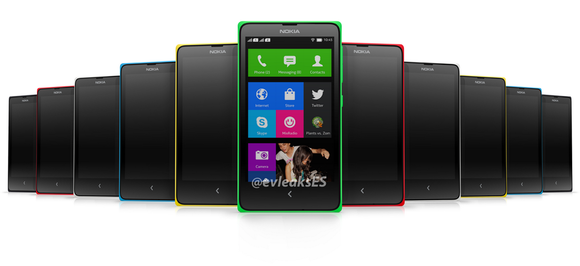Twenty years ago, they lacked the tools to expand outside of their niche markets. Today, the Internet opens a flourishing global market of consumers ready and willing to engage with businesses of any size. As Patrick Collison, co-founder of Stripe, once told me, the company’s largest customers may not even exist today. Anyone can turn a living room idea into the next Fortune 500 company.
Yet for all of the Internet’s opportunity, small business owners have never felt more overwhelmed. The demands placed on them are mammoth, from effective search engine marketing to online payments, logistics, customer support, and operations. Even today, much of their daily work is done with paper and pencil, even while the world transitions to mobile-first. It’s little wonder that our nation’s small businesses face such tough odds.
That’s why I’m excited about the development of next-generation business platforms that provide small business owners with simple and beautiful tools to compete. We’re finally moving beyond byzantine processes and complicated workflows to mobile-enabled software centered on clarity and accessibility. As a consequence, we are slowlywitnessing the genesis of a “new economies of unscale,” in which small businesses aided by these platforms can suddenly defeat even the largest of corporations – and become household names.
We’ve seen this dynamic already in payments with Stripe and Square as well as in the back office with Xero and Expensify. I believe payroll is next for disruption, which is why I invested in ZenPayroll this past week. All of these startups are taking advantage of this new world, offering us a case study on how to leverage economies of unscale to give small businesses a decided marketplace advantage.
For those looking into the small to medium business space, there are three key lessons to focus on. The most prominent is that businesses are rapidly shifting to mobile. Small business owners are used to running their personal lives on Gmail and iCloud, yet when they arrive at work, they are forced to regress 20 years back to clunky desktop software (or worse). They expect the next wave of platforms to scale with their usage of mobile devices, and they are ready to adapt to new workflows.
Square has vigorously taken advantage of this shift, offering a product that not only replaces the legacy of cash registers, but also offers whole new options for small businesses. As anyone walking by the Ferry Building in San Francisco can attest, artists and photographers can now accept credit cards right at their tables. This not only increases convenience for customers, but it also allows these artists to track their sales and easily analyze their profits. In this mobile world, we suddenly have access to a point of sale anywhere, at anytime. And with Expensify mobile, web workers, freelancers and road warriors can now easily create expense reports by snapping pictures of receipts and submitting them on the go.
However, next-generation business platforms shouldn’t just clone ancient systems onto mobile devices. Instead, they must consider seizing the opportunity to expand the dialogue between technology and owners. For instance, we’ve learned a lot over the past few decades about what makes great companies work. The best startup founders understand that owners don’t have the time to consume all of that research, but instead bake those insights directly into the design of their products.
The second lesson then is that these new platforms are focused on the person, and surfacing the human relationships which underlie how we work. ZenPayroll was designed to place employees and employers as equals in the compensation discussion, inculcating a culture of trust within a company. Furthermore, it enables employees to dedicate part of their paycheck to a nonprofit organization. That not only makes contributing to charity easy, but it also encourages a culture of giving, which can have positive ramifications for company performance.
The final lesson is that new business platforms have to be open in order to be most effective. Small and medium businesses hate walled-off data stores and complicated workflows. Given the diversity of small businesses, no service can possibly hope to serve everyone with their own product. Instead, developing platforms for others to build upon is crucial. Take the small business accounting service Xero, which offers dozens of “add-ons” on its platform in categories as diverse as inventory management, time tracking, point of sale, and eCommerce. Xero gets to leverage the efforts of these other developers, while simultaneously building up its core value to business owners.
Any one of the 28 million firms in America today could become a leading company using the economies of unscale created by these next-generation business platforms. Our work, though, is only partly finished. We need better platforms to handle worker training, recruiting, sales management, product development, intellectual property, customer service, and the list goes on. With more open platforms to grow upon, new companies can better grow quickly and sustainably, and that’s not just good for entrepreneurs, but for our nation.

























